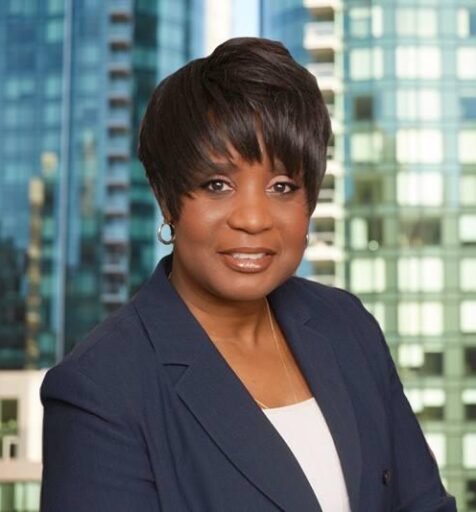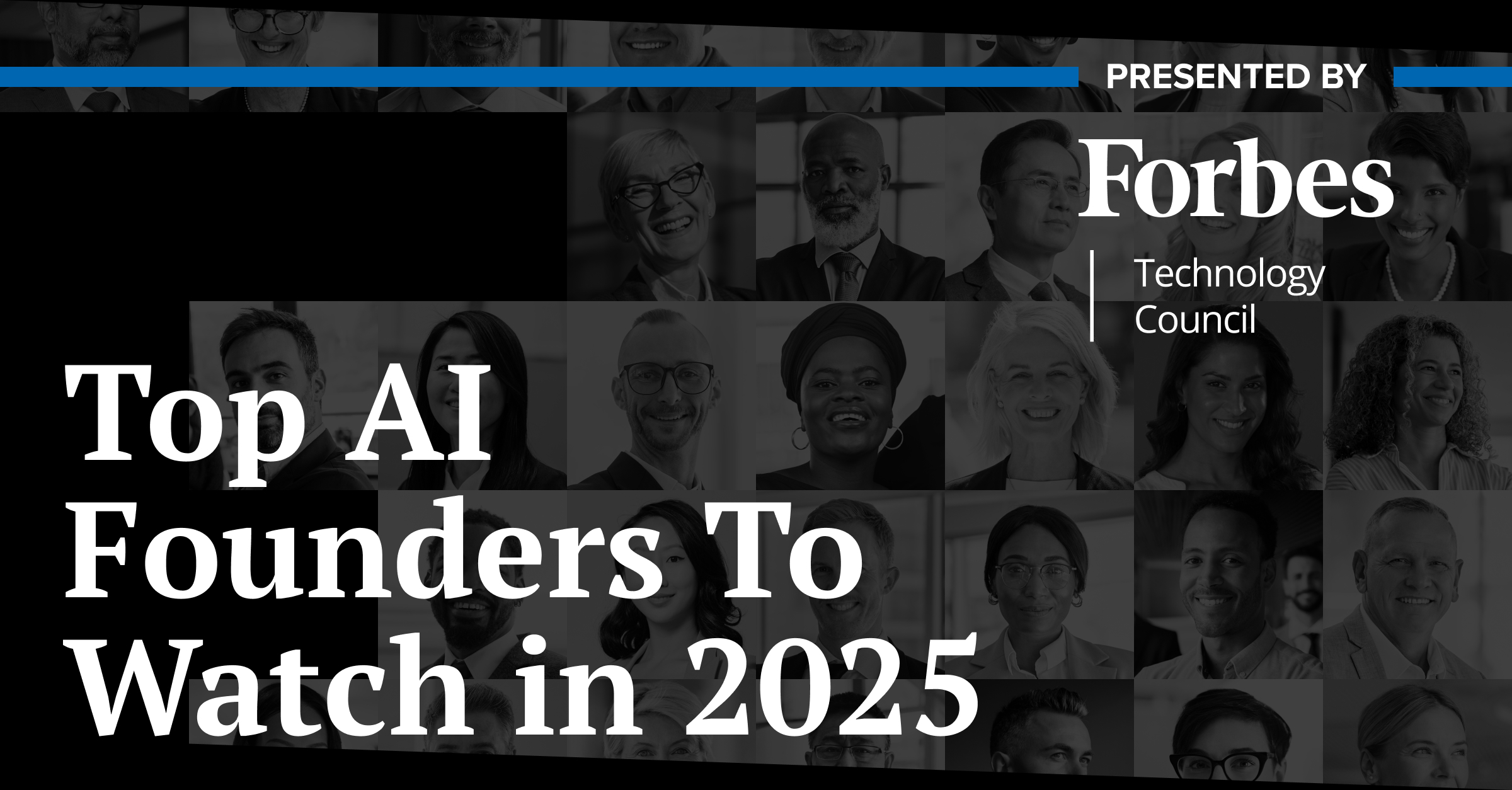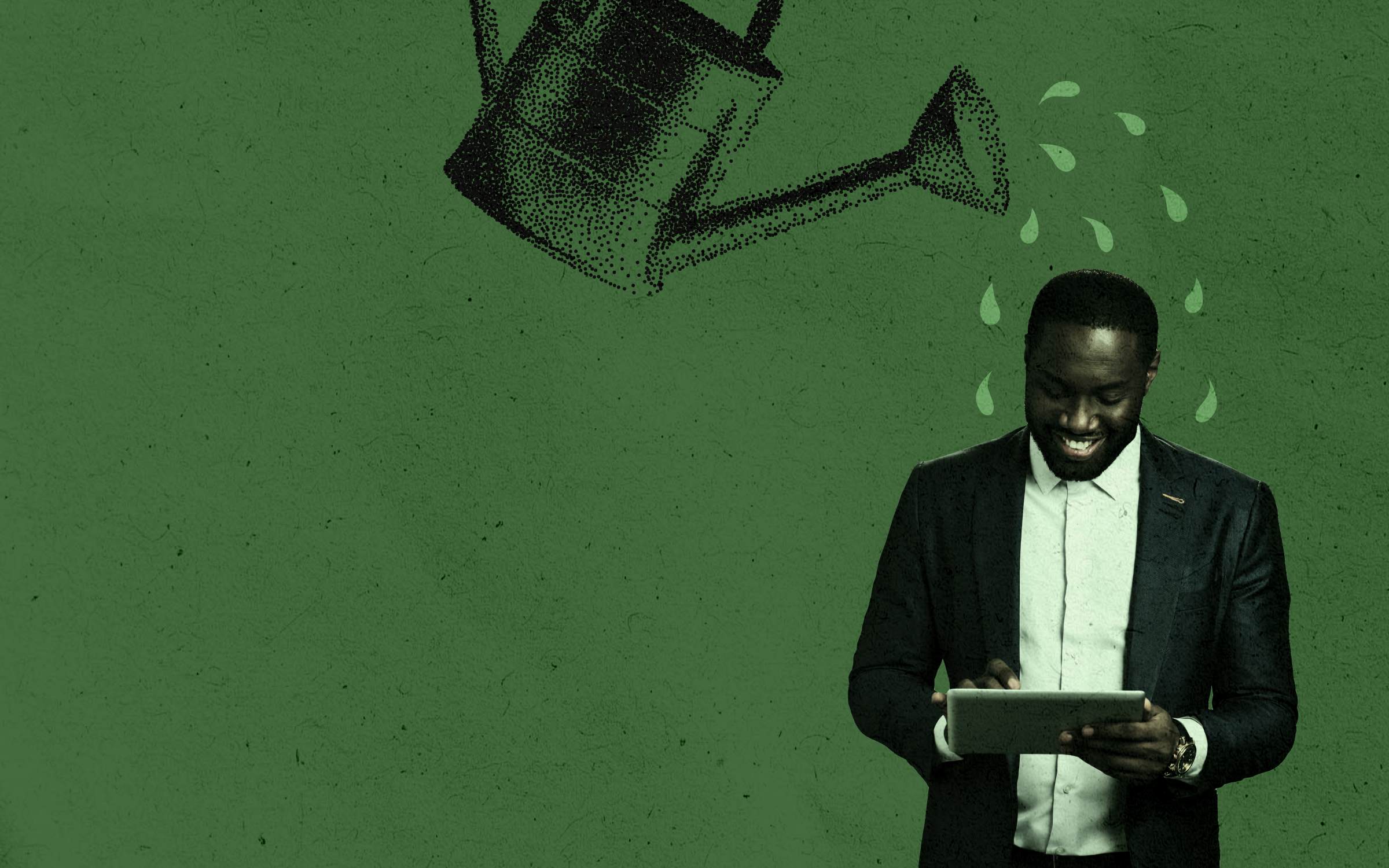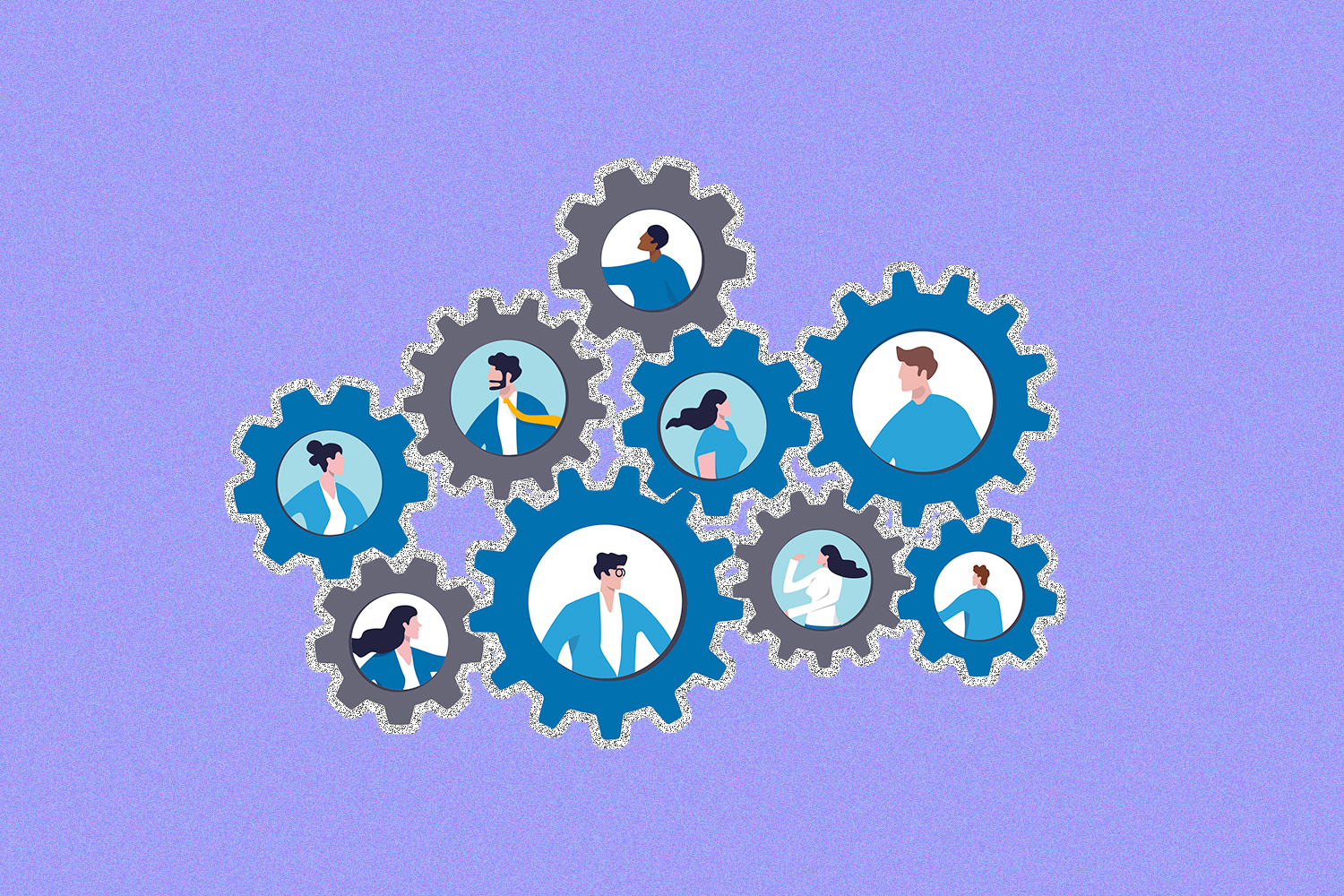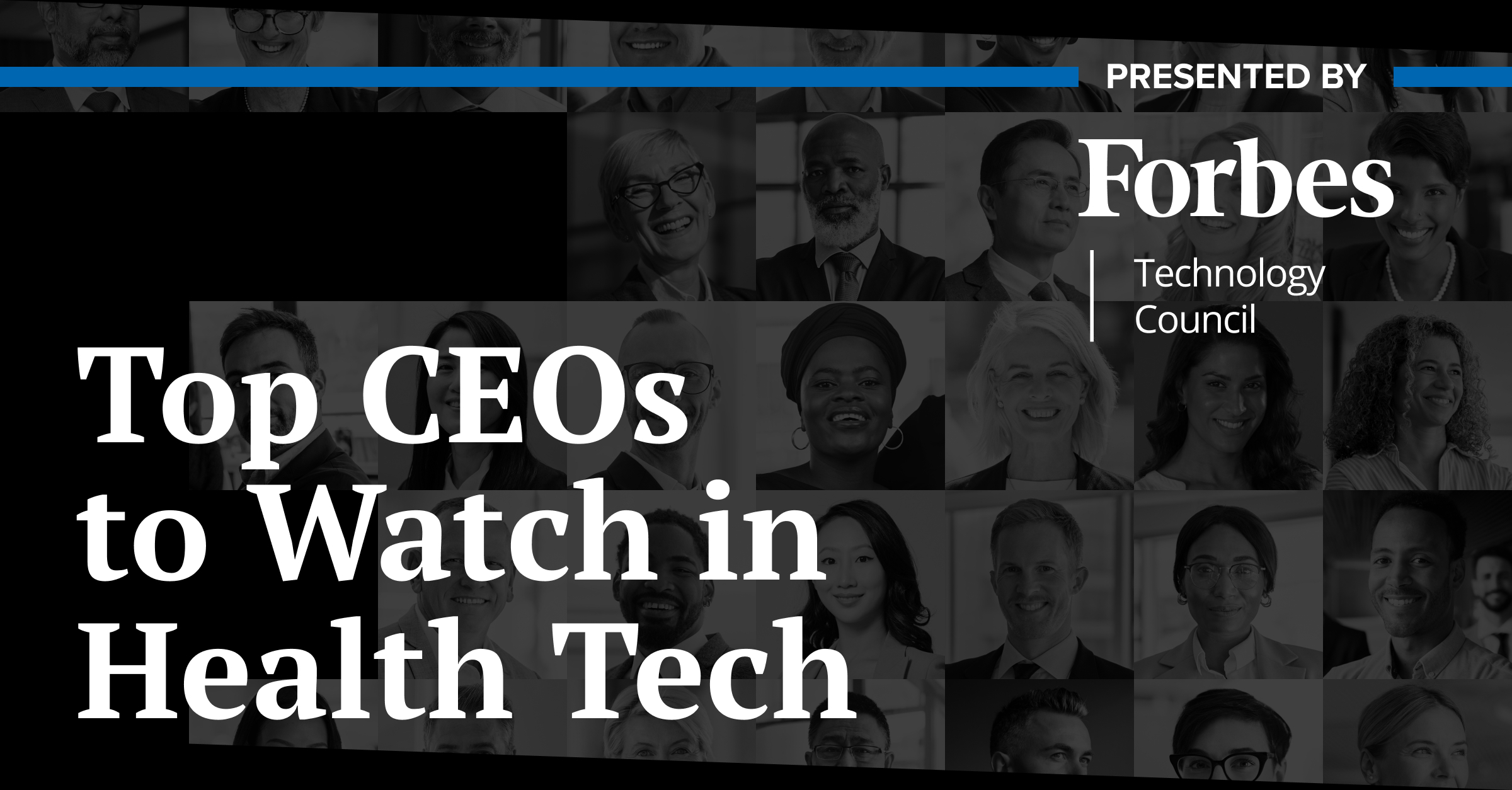According to a McKinsey study, one out of three employees are feeling anxious, depressed, and isolated — even though most of them are living at home with someone. As many organizations continue to operate on a hybrid work culture, how can leadership support the health and welfare of staff?
“When the pandemic hit, I think it broke culture in good ways and in challenging ways,” says Annalisa Adams-Qualtiere, chief people officer at the Skoll Foundation. “Moving to the hybrid model, it was an opportunity to actually reset the culture, even though we were remote… I think the challenge that has brought is our ability to maintain culture, specifically addressing the erosion of social capital networks, how people come together.”
Adams-Qualtiere, named among the Top 100 Women of Influence in Silicon Valley in 2012, shares her experience supporting talent retention in a hybrid work environment to foster a healthy organizational culture. Read on for edited excerpts from our exclusive interview.
Senior Executive Media: Tell me a little bit about some of the big things that are on your mind at this point in the year as a chief talent and people officer.
Annalisa Adams-Qualtiere: The first one is, you’ve heard it’s a Great Resignation. Others see that as more of The Great Shuffle, because people aren’t necessarily leaving the workplace. But they are, however, reconfiguring what their career looks like, particularly in this remote atmosphere that we’re in. And so while we’ve been relatively stable for the past couple of years, we’re not immune to that reshuffling. Seeing folks leave the organization, competing for top talent, even in philanthropy is one of the things that’s top of mind for me.
The other is about health and wellness and well being… Because it actually is exhausting to always be on camera. We instituted a monthly wellness day for the entire organization. That’s worked well for us, because people are returning on that Monday and they’re reinvigorated. I’m doing what other HR leaders are doing, really leveraging our EAP packages. As well as what our health and welfare organizations provide, we have really taken advantage of Microsoft Teams automation with Headspace, which is just a quick check in at the end of each day… If for some reason it’s seen a dip or something along that line, it is a day to actually serve up assets or learnings to help you through that time. All that being said, I still think there’s more work to be done in this area, so I’m researching and working with our leadership vendors to explore more possibilities.
The last thing is, and I’m sure this won’t surprise you, is living in a hybrid model and how that is supporting our culture. When the pandemic hit, I think it broke culture in good ways and in challenging ways. In a good way, we were actually going through a leadership transition at the Skoll Foundation when I arrived in September of 2019. With the new CEO coming in, and moving to the hybrid model, it was an opportunity to actually reset the culture, even though we were remote. The office was anchored at the place in which culture was defined, but it required us to really rethink how we look at the office. We actually don’t require in-office days, we are still fully remote… But some of the ways that we’ve addressed that — and again, we have work to be done — is that both our president and CEO have office hours, so people can come and have a conversation with them [in-person or remotely] about their work, and we continue to bring the children of staff in for virtual or in person gatherings. Culture has always been an issue and a challenge to maintain and strengthen, but the hybrid model, while it brings in a lot of good in terms of people and their work life balance, it also increases the difficulty level of maintaining a culture.
“You have to be an inclusive culture, we have to be a learning culture that tolerates failure to see it as an opportunity to fail forward and to grow and to innovate.”
Senior Executive Media: How are you approaching talent retention?
Annalisa Adams-Qualtiere: Flexibility is the key to retaining talent. I think this is true for most companies, and an expectation from the workforce. One of the things that the pandemic has given us is the ability to allow people to continue to move and work across the country whenever they need to…that flexibility wasn’t available to our teams prior to the pandemic. Also being mindful that work has really invaded life. I say that because as you and I are talking, I’m sitting in my (home) office, same as you. We must be mindful of what that represents for our staff and their stage of life, and then factor that into our adjusting the workplace, workday, and work expectations, including geographical differences that exist for our dispersed team.
Another key to retention is investing in our teams. Professional development, which is what I talked about a little while ago, is really important. What’s interesting about our professional job is that our values’ epicenter is not new, but it is something that is incredibly important to us. You take a look at our value statements that we have out there, and what isn’t visible are the underlying behaviors that support those values. We’re talking about that, we’re hiring for that, and we’re looking at rethinking that.
We recently articulated our leadership model, which has five focuses and allows people to really go deep on the areas in which they feel like they need career development and change. That is offered mixed in person, online, and on-demand. Whatever the individual needs, we make sure that it’s not a one size fits all because we’re not a one size fits all organization… We’ve got to have equitable systems in terms of our performance management — all of those things have standards.
Senior Executive Media: Tell me a little bit about your foundation’s approach to recruiting talent as a mission driven organization?
Annalisa Adams-Qualtiere: When I think about the Skoll Foundation, three things come to mind. I really appreciate the partnership that I have, with our [marketing communications] leaders which we call here Public Engagement and Communications, in making sure that we understand and know that human beings are wired to appreciate a good story… It’s important that you understand what your vision is, and how it’s articulated to the world. Marketing with our team and our branding folks to design a career page, this is a work in progress for us. Giving people a vision into what it’s like to work for the organization is really important.
While you’re assessing that talent, I want people to be excited about what it is we do. Which really brings me to the second point: we focus on people who are on the path. I think that’s so important for mission driven organizations to ensure that the applications that are coming in are personally and professionally aligned with your vision, mission, and particularly your values… When we assess alignment we look at and discuss their history of volunteerism and ask them to share stories. It is in the stories that we see that intrinsic motivation is part of their reward system and points to satisfaction. I feel very accountable to the applicants as well to the Skoll Foundation to make sure that they feel a connection. If we do that right, they’re going to feel a connection, and be integrated into the culture very closely from day one.
My final tip is for the CEO to interview finalist candidates, regardless of the size of the organization… I think the CEO and the leadership team are accountable for creating and championing organizational culture. When the CEO takes the time to actually get to know potential teammates, that sends a clear signal to the candidate that the staff is important, and that the candidate also matters in the process. Their final interview is with me, as the chief people officer, and with the CEO. We don’t make the decisions, our people are empowered to do that. But I think it’s an opportunity for the candidate to really understand the vision. And for me to actually share our culture and what we’re committed to, so that they have a full representation of what it’s like to work for Skoll.
Senior Executive Media: Tell me a little bit about other ways that the Skoll Foundation is approaching and prioritizing employee wellness.
Annalisa Adams-Qualtiere: Another piece that really feeds into our educational domain is working with our leaders to make sure that they understand and are empathetic to the needs of their employees. More than likely, that’s already there, that’s ingrained. But also teaching them to be able to be, if you will, talent scouts — sniffing out where there could be potential issues down the road. I think as HR leaders, we naturally can see that through our employee relationships, we’re trained for that, and our leaders sometimes are not. When we talk about team leadership, there’s a whole component there about the care of your team. We’re really digging in and pulling on that lever to make sure that they’re also going to become the same type of detective that we are from an HR perspective, to make sure that if there are potential issues that are coming down the track that they’re being proactive and stepping into that — that’s the greatest thing. Everything else really has to do with learning and development, the same tools that everyone else is using. I think that’s what sets us apart a little bit.
I have what I call three kinds of Beatitudes. One, you have to be an empowering culture. You have to be an inclusive culture, we have to be a learning culture that tolerates failure to see it as an opportunity to fail forward and to grow and to innovate. That is the underlying framework by which I operate, that’s my commitment.
